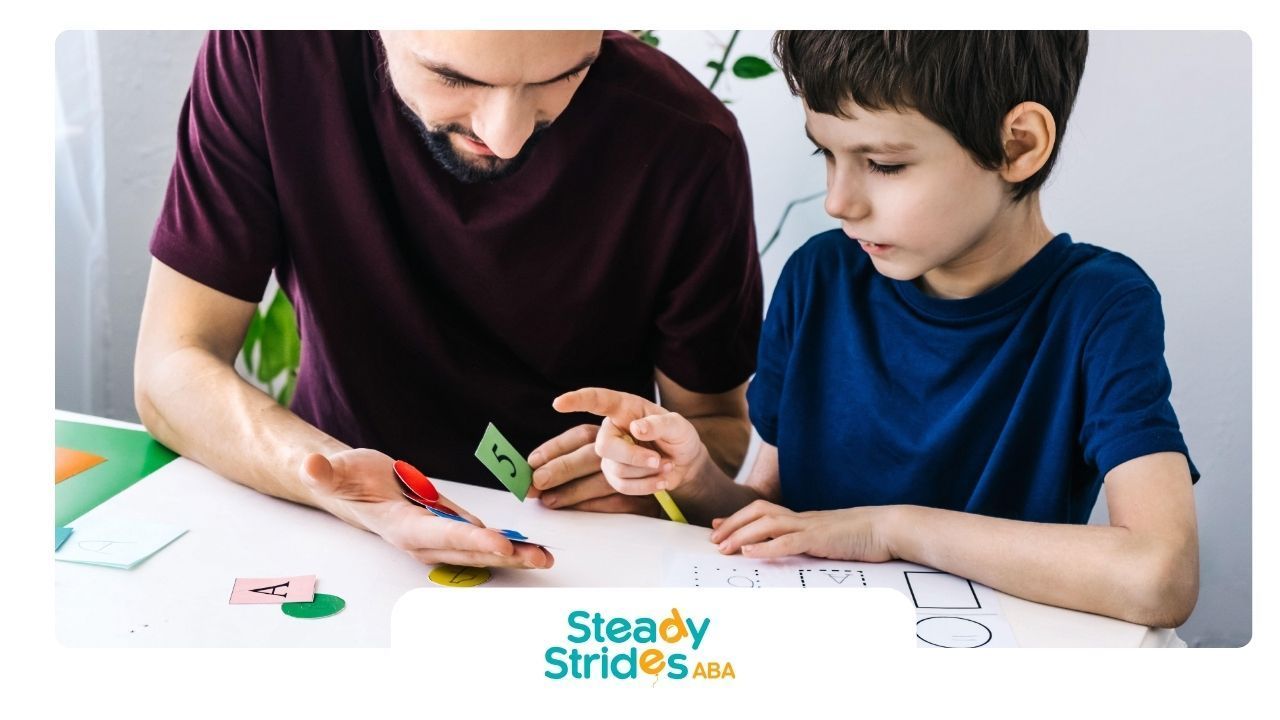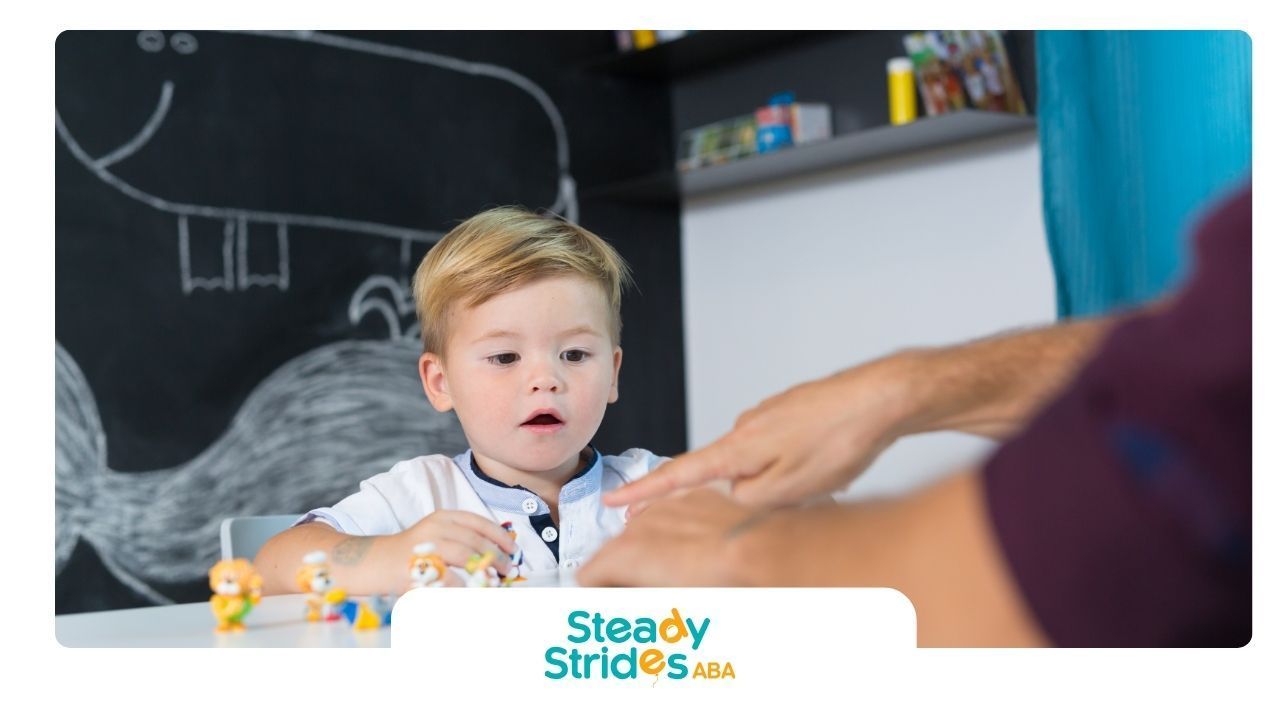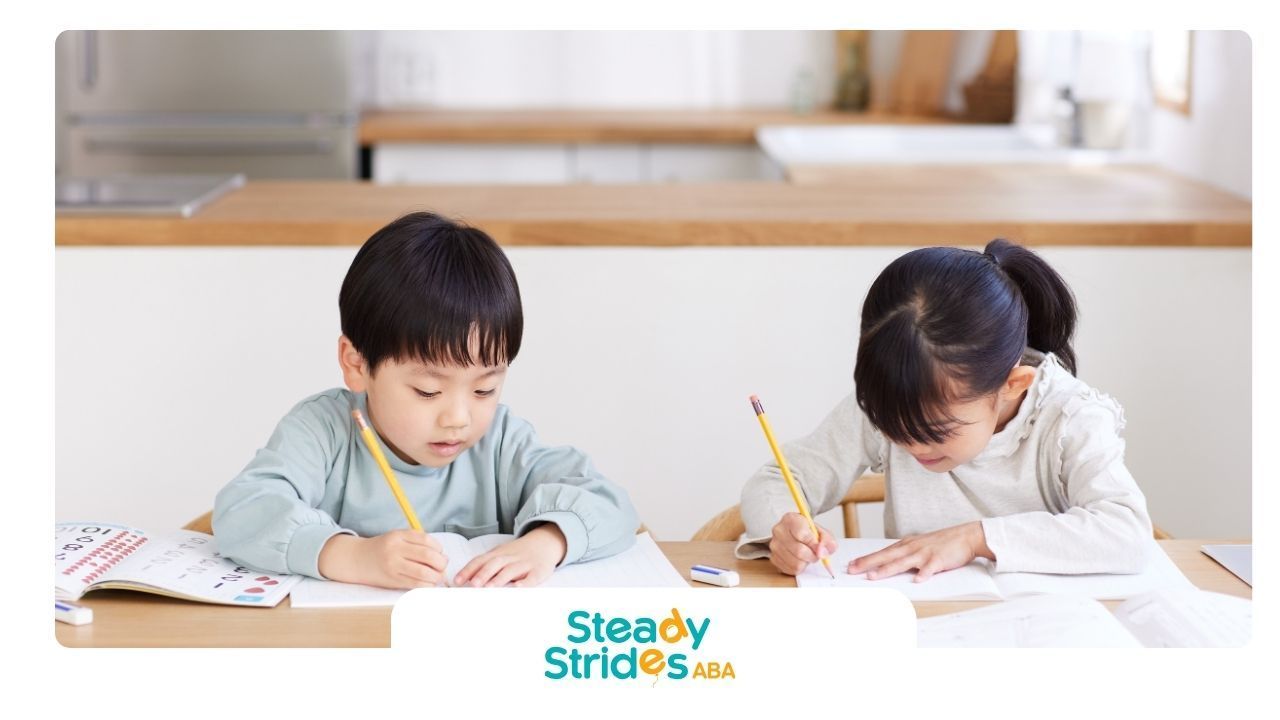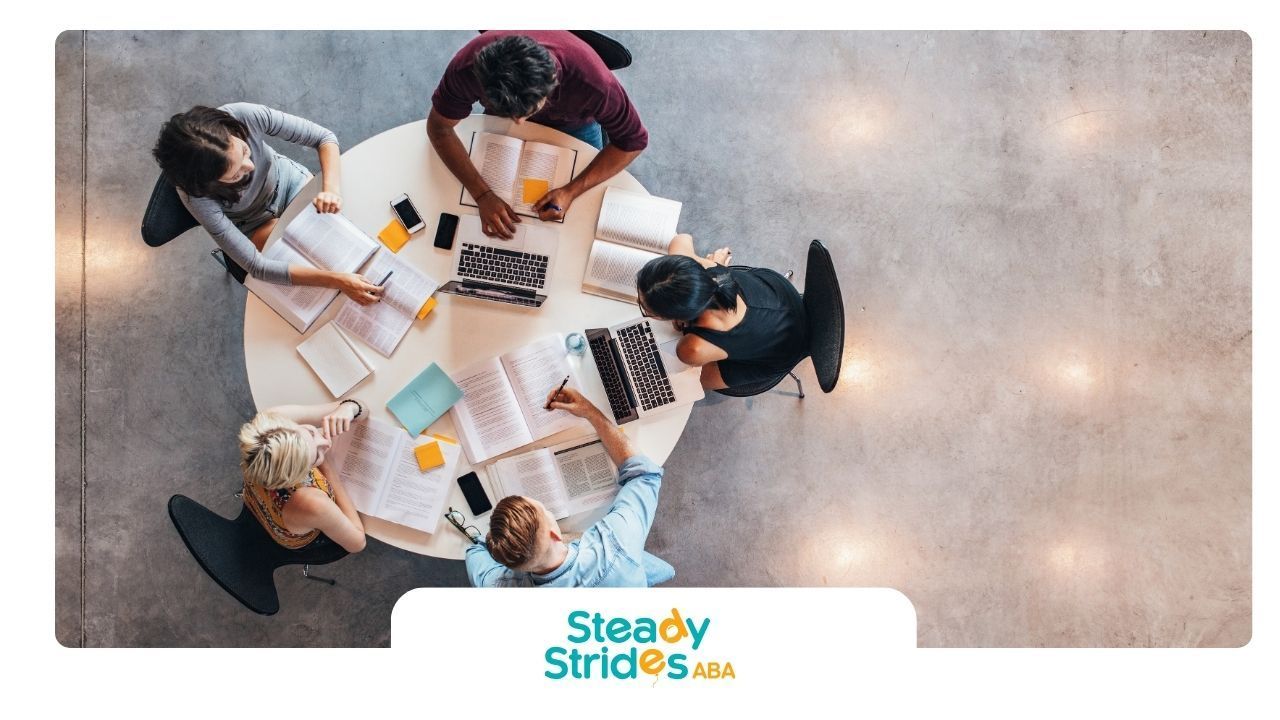Potty training can be a tough journey for parents, especially with children on the autism spectrum. While a neurotypical child may easily adjust to common methods, a child with autism might need a different approach.
This is where autism services—like ABA therapy in Texas—can help. Applied Behavior Analysis offers structured techniques that focus on your child's unique needs during the potty training process. Let’s look at how this method can change a hard task into a successful learning experience.
Introduction to ABA Therapy for Potty Training
ABA therapy is well-known for helping children with autism spectrum disorder (ASD) learn important life skills like potty training. It uses structured methods to break down difficult tasks into smaller, easier steps that fit each child’s unique needs.
Techniques like positive reinforcements and data collection are part of ABA. These help create steady routines and track a child’s progress. If you are a parent or caregiver, knowing how ABA services work can make toilet training a simpler process.
What is ABA Therapy?
ABA therapy, which stands for Applied Behavior Analysis, is a science-based approach that looks at behavior. It aims to understand and change behavior patterns using clear techniques. For children with autism, ABA therapy helps them make positive changes, like being successful with potty training. This is done by rewarding good actions and supporting learning.
Recognized as one of the best ways to help with autism spectrum disorders, ABA uses proven methods to teach new skills in both planned settings and real-life places. Whether at home or in therapy, ABA therapists work with children through personalized programs.
This type of therapy often uses discrete trial training, which breaks tasks into smaller steps. For potty training, actions like sitting on the toilet or wiping can be taught in a step-by-step way and rewarded. ABA helps shape a child's behavior into good habits, allowing parents to guide their kids toward being more independent.
Benefits of Using ABA for Potty Training
ABA therapy is changing how we help children with autism learn to use the toilet. It uses structured methods that work well. Positive reinforcement is a key part of ABA. When your child successfully uses the potty, it gets rewarded right away. This helps them repeat the behavior.
Successful toilet training breaks down tough skills into smaller steps. ABA teaches things one at a time, like pulling down pants or washing hands, and gives support at each step. This builds your child’s confidence and makes it easier for them.
Additionally, ABA therapy collects data to help parents and therapists keep track of their child’s progress. This organized method lets caregivers change things to meet the child’s individual needs. It creates a space where both children and parents feel they can succeed in the toilet training process.
Assessing Readiness for Potty Training
Before you start potty training, it's important to see if your child is ready. You need to check both their physical abilities and their behavior. This will help you know if they can manage this new skill.
Looking at things like bladder control and social skills makes sure the training fits your child's needs. Noticing these signs will help you set up a toilet training program that boosts confidence and reduces setbacks. This way, your child's journey to independence can begin successfully.
Signs of Physical Readiness
Physical readiness is important for success in toilet training. Watch for signs like bladder control. If your child stays dry for two to three hours during the day, it shows they can handle bathroom breaks. This means they are ready for potty training.
Another sign is awareness of bowel movements. If your child stops playing or looks uncomfortable before going to the bathroom, this shows they understand their body's signals. Recognizing when they need to go is vital for training progress.
Motor skills also matter. For example, being able to pull down their pants is crucial during the toilet training process. If your child can do these things, it might be a good time to start a structured toilet training program based on their strengths and readiness.
Behavioral Indicators of Readiness
Behavioral signs are very important for spotting readiness. One of the first signs is a child's interest in independence. A child who shows excitement to learn toilet skills is more likely to take part in the potty training process.
Social skills also give helpful clues. For instance, if a child can follow simple instructions like “sit on the potty,” this shows they are ready. Understanding these commands shows your child can handle the steps involved in using the toilet consistently.
Finally, if a child feels discomfort with dirty diapers or tells you they need to use the bathroom, these are signs they are mentally ready. These traits show emotional readiness for potty training and help make learning successful.
Essential Preparations for Potty Training
Getting the right tools and setting up a good space is very important when starting potty training with ABA. You should have things like timers and potty charts to help make each step easier.
It’s also vital to create a supportive place where learning can happen. Sticking to regular schedules and making bathroom breaks a part of daily life helps kids adjust to toilet training. This way, they stay motivated throughout the process.
Necessary Equipment and Resources
To get started, it's important to have the right tools. A potty chair that your child likes and feels comfortable in will help them engage better. Choose chairs that are easy to use and look nice.
Timers are also important. They help set time intervals based on your child's schedule, which helps with consistency. You can use visual aids, like pictures showing each step of potty use, for kids who learn better with visuals.
Many parents find that using toilet training charts helps keep track of progress and milestones. These charts often come with stickers or markers that kids can earn as rewards. This approach can boost motivation and make learning fun. Using the right tools for your child's needs makes potty training easier and increases success.
Setting Up a Conducive Environment
Creating a space for your child to learn is important for potty training. Make sure the bathroom is friendly for kids. Have their favorite potty tools ready and keep it quiet by avoiding loud flushing sounds.
A regular potty schedule can help your child feel more comfortable. Taking bathroom breaks at consistent times helps them follow a routine. This can lessen their fear of new experiences.
Making the space cozy is simple. Use cheerful words or add a few decorations. When you create a fun atmosphere, your child will be more likely to want to join in and enjoy potty training.
Step-by-Step Guide to Potty Training Using ABA
A structured potty training method, like ABA, can make tough tasks easier. To start, create a regular routine that fits your child’s needs. Then, move toward using rewards to celebrate every achievement. ABA techniques help in teaching this important life skill in a simple way.
Let’s look at the steps you can take to help your child succeed in the potty training journey.
Step 1: Establishing a Routine
Building a regular routine helps create order during potty training. Start by watching when your child naturally goes to the bathroom. Then, schedule bathroom breaks around those times. It's really important to be consistent. This will help reassure your child and improve successful attempts.
ABA therapists often suggest making a plan that involves repeated actions. For instance, a timer can help signal when it's time to sit on the potty. This way, your child develops a clearer understanding of the schedule. Structured techniques like this can make them less resistant and encourage them to participate.
Other helpful methods include using verbal cues like “potty time” or using pictures. This makes each step of the routine easy to follow and predictable. Creating a routine is key for effective potty training and is based on ABA-style learning.
Step 2: Positive Reinforcement Techniques
Positive reinforcement is about giving rewards for good actions. This helps people keep doing those actions. Rewards can be simple, like saying, “Great job!” or giving small toys or favorite snacks. Customizing rewards can keep motivation strong.
| Positive Behavior | Reinforcement Example |
|---|---|
| Sitting on the potty | Verbal praise like “Good job!” |
| Successful voids | Preferred toy or sticker reward |
| Attempting steps | Extra play or screen time |
ABA therapy uses clear rewards for each step in potty training. This helps your child make progress and feel more confident.
Conclusion
ABA therapy is a helpful way to potty train autistic children. It uses positive reinforcement and consistent routines. This helps parents create a caring space for their child to learn this important skill. Remember, each child is different, and patience is essential during this time.
At Steady Strides ABA, we specialize in helping children on the autism spectrum achieve milestones like potty training through proven ABA therapy techniques. Our compassionate team in Texas offers personalized support tailored to your child’s needs.
Reach out today for a free consultation and let’s take the first step—together.
Frequently Asked Questions
How long does potty training usually take with ABA?
The potty training process using ABA relies on the child’s readiness and consistency. Usually, you can see success in just days or weeks. This happens through careful data collection, building skills step-by-step, and using reinforcement. ABA helps kids progress faster by celebrating successful attempts and adjusting the training steps to fit their needs.
What if my child resists the potty training process?
Resistance is common during potty training, especially for kids on the autism spectrum. ABA therapy helps manage setbacks with patience and special rewards. It also changes strategies to make the process easier for your child. Slowly exposing your child to potty training and giving them praise can help reduce challenges and encourage them to follow through.
Sources:
- https://www.mayoclinic.org/healthy-lifestyle/infant-and-toddler-health/in-depth/potty-training/art-20045230
- https://www.autism.org.uk/advice-and-guidance/topics/behaviour/toileting/parents
- https://www.autismspeaks.org/expert-opinion/seven-toilet-training-tips-help-nonverbal-kids-autism
- https://pmc.ncbi.nlm.nih.gov/articles/PMC3592490/
- https://autismspectrumnews.org/a-highly-effective-toilet-training-program-based-on-applied-behavior-analysis-principles/













